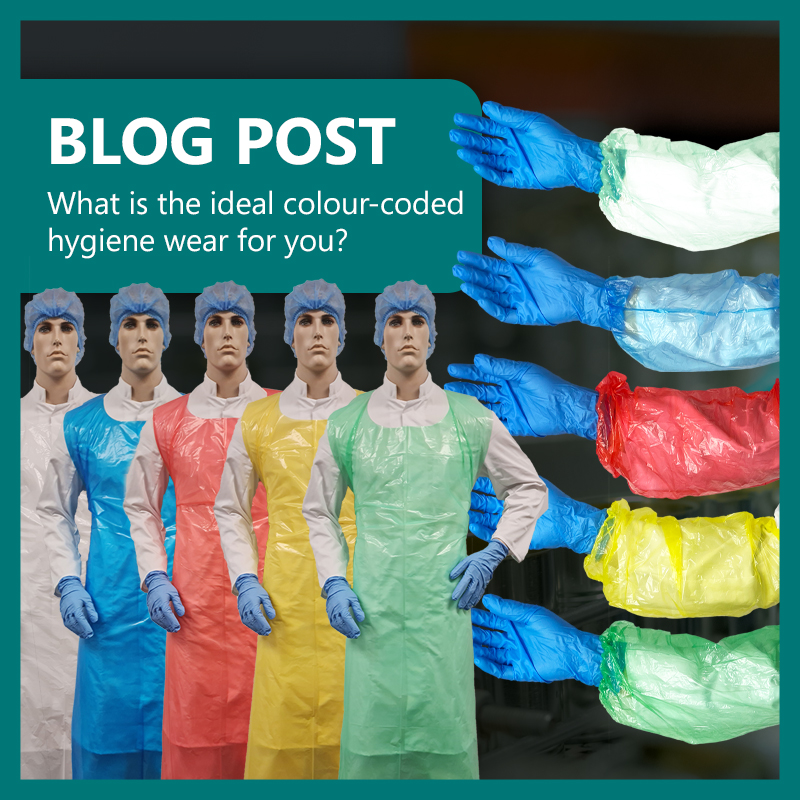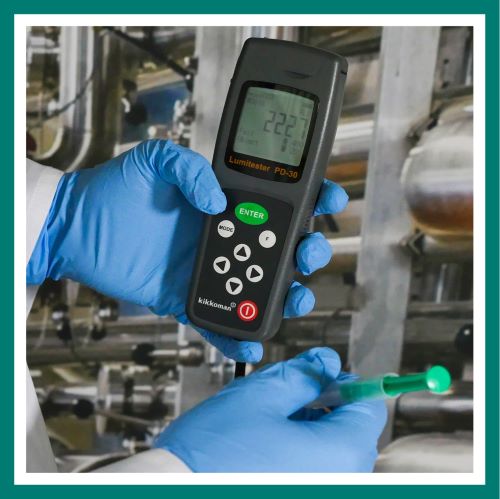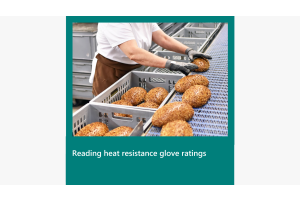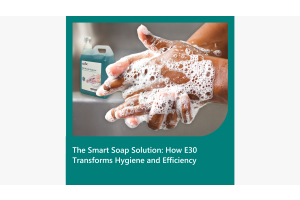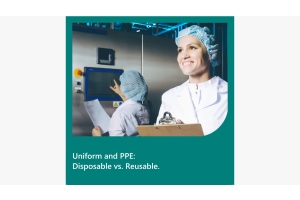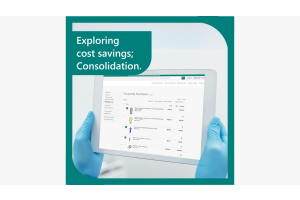hygiene
-
Posted: September 04, 2023Read more »
Blue is associated as the food industry colour, as it contrasts the majority of ingredients.
This, of course allows visual detection in the unlikely case of it falling into production. However, the use of coloured PPE has increased within the industry to manage contamination and hygiene risks, with no change to PPE quality or cost.
So, why not just use blue?
Reputational damage from a cross-contamination event is just not an option, not to mention the cost of this on your business. While blue allows for easier foreign object traceability, it doesn’t safe-guard from the possibility of mis-handling product, for example allergens.
This is where colour coded PPE comes in. -
Posted: September 12, 2022Read more »
PPE and Hygiene are indispensable in the food processing industry. The purpose of hygiene wear and PPE are quite different to one another; hygiene wear is disposable clothing designed to keep the food free from contamination; protecting the task from the wearer whereas PPE protects the wearer from the task. These products can occasionally satisfy both purposes. For instance, a disposable poncho protects the wearer from splashes while preventing matter from falling off their clothes.
Colour, as we know, plays a critical role in preventing cross-contamination and controlling allergens. Most hygiene wear is available in blue and or white, but many come in additional colours such as red, yellow, and green. Purple, pink, orange and black are unique colours and can further signify different roles or tasks.
It is crucial, however, not to overcomplicate your colour-coded system. Colour coding works due to its quick visual recognition and ease of interpretation - particularly
-
Posted: December 09, 2019Read more »
Discussions with a range of food industry professionals in Australia has left little doubt; ATP testing has its place in a robust hygiene process, but it has its limitations, and it isn’t perfect – why?
Research by renowned biochemistry company Kikkoman Biochemifa has shed some interesting light on the process:
When you swab for ATP, you are only getting a third of the picture.
ATP testing is all based around a slightly flawed assumption- that ATP is a stable molecule that remains unchanged within organic residue.
In reality, ATP is easily hydrolysed to ADP and AMP by metabolic processes, heat treatment, or under acidic and alkaline conditions. Simply put, ATP (Adenosine Tri-Phosphate) will release a phosphoryl group to become ADP (Adenosine Di-Phosphate) and again to become AMP (Adenosine Mono-Phosphate).
The result: once food has been exposed to heat, water, acidic or alkaline properties, you may be testing for only a fraction
-
Posted: December 02, 2019Read more »
The Identi-Rail system is designed to make 5S implementation easy for food processors.
The modular system means:
-every station is entirely customised
-changes can be easily made to tool requirements
-a 5S system can be implemented then improved over time
Get in touch with one of the team to learn more about the range of 5S cleaning tool storage systems available.


